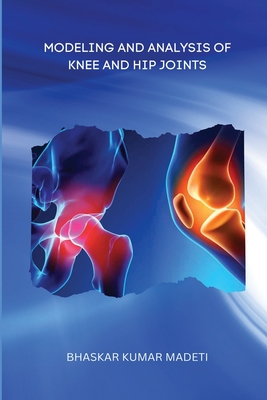You are here
Back to topModeling and analysis of knee and hip joints (Paperback)
Description
Biomechanics as an independent branch of science has gained considerable
importance over the last seven decades especially owing to its valuable medical
applications. Replacement of hip joint and knee components due to wear, injury or
even breakage caused by accidents or due to senility. Consequently, considerable
research has been intensively choosing suitable synthetic materials, conducting
experiments on musculoskeletal models and carrying out an appropriate finite
element analysis. However researchers have not concentrated on the detailed
analysis of various forces in the bones and muscles connected to the knee and hip
joints. Attention of researchers in recent past has been leaning more towards the
biological and medical fields than on the mechanical computations. The present
work aims at developing a representation of all the forces by the free body diagrams
of the hip and knee joints. To know the force or stress distribution in the hip and
knee joints of human being, one has to understand hip and knee anatomy.
Knee joint is a complicated assembly; force analysis of knee is carried out by
using principles of classical mechanics. Axial compressive and Muscle forces are the
two forces which acts on the knee joint, is determined for three different postures of
human being (standing, staircase accent and staircase decent). Hip joint is also
another intricate assembly; here force analysis of hip is also carried out by using
principles of classical mechanics. Axial compressive and ligament forces are the two
forces which acts on the hip joint, is determined for standing and bending postures
for various body weights of human being.
The two major bones involved in both knee and hip joints are Tibia and Femur.
In order to create 3D geometric models of these bones, image processing software is
used. The input source for image processing software is CT Scan slices (DICOM
images). The sequence of the slices is selected, by using scan image processing tools
like segmentation, volume rendering and various filters, three dimensional models
are created. Finally, fine mesh is generated to these bone models, these files are
saved as .stl format and imported to ANSYS 15.0. By providing the boundary
conditions to the 3D models of bones in ANSYS software, the Von-Mises stresses,
normal stresses and total deformations are evaluated for both the bones, Tibia and
Femur.
